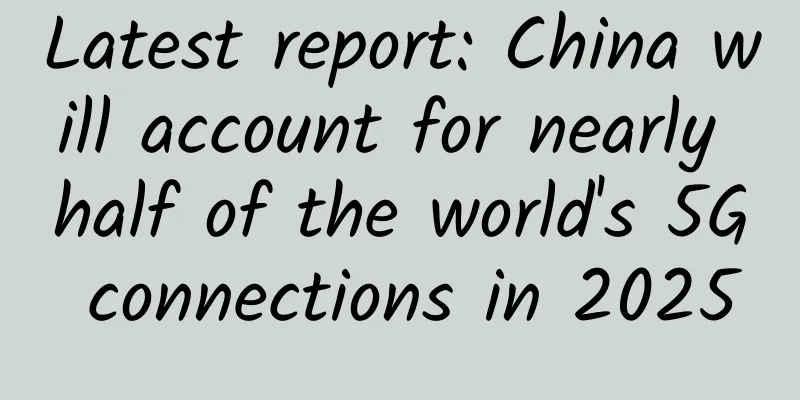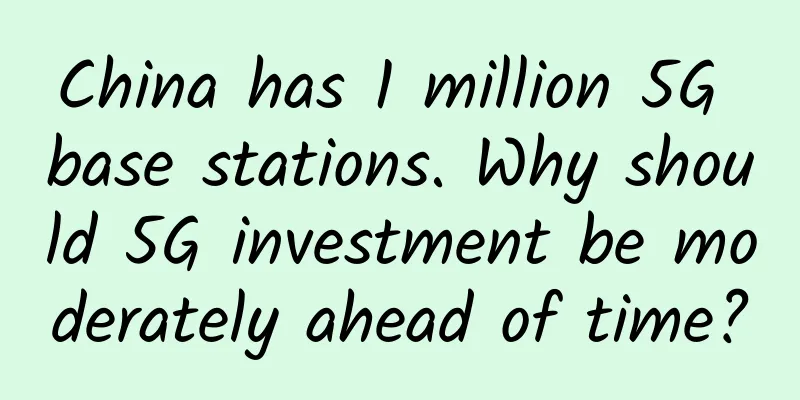Latest report: China will account for nearly half of the world's 5G connections in 2025

|
According to the latest "2021 Global Mobile Economy Report" released by GSMA, by the end of 2025, 5G connections will reach 1.8 billion, accounting for more than one-fifth of the total mobile connections, among which the four most developed markets in North America and Asia-Pacific are expected to have the highest adoption rates. By then, two-fifths of the world's population will live in 5G network coverage.
GSMA said that in 2025, 51% (219 million) of the total mobile connections in North America will use 5G networks, while China will have 858 million 5G connections, accounting for almost half of the world's total 5G connections by 2025. By the end of 2020, there were 5.2 billion unique mobile subscribers worldwide (67% of the population), no significant change from 2019, which the GSMA explained was because the market was becoming saturated. In leading 5G markets such as China, South Korea, and the United States, 4G adoption has peaked and, in some cases, has begun to decline. In many other countries, especially in developing regions, there is still a lot of room for 4G networks to grow. Most of the growth in 4G will come from existing 4G infrastructure, as 5G will account for 80% of total capital expenditures over the next five years. Globally, 4G adoption will peak in 2023 (just under 60%) as 5G adoption begins to climb rapidly in new markets. The report states that the mobile economy and services contributed $4.4 trillion to global GDP in 2020, up from $4.1 trillion generated in 2019. By the end of 2025, the mobile industry is expected to contribute nearly $5 trillion to global GDP. On spectrum, the GSMA called on governments to reassess the environment for mobile services as a way to accelerate investment and innovation, and for "effective" spectrum pricing policies to make 5G services more affordable and provide better quality of service. GSMA also called on governments to increase spectrum availability by opening up 80MHz-100MHz of spectrum bandwidth to each operator in key 5G mid-bands (such as the 3.5GHz band), and 800MHz of spectrum to each operator in the millimeter wave high-band. |
<<: Halfway through 2021, China Broadcasting and Television 5G begins to accelerate
>>: Addressing the risk of permanent roaming through network localization
Recommend
IDC: Global Enterprise WLAN Market Shows Moderate Decline in First Quarter of 2020
According to the results of IDC's global quar...
Why do we need a Layer 3 switch? Seven indicators for selecting a Layer 3 switch in a monitoring system
Recently, a friend asked about the application of...
5 must-have software tools for software-defined storage
When considering storage and management of a comp...
MIIT News: my country to add 580,000 5G base stations this year
On December 24, at a press conference held by the...
HostXen offers 50 yuan for new user registration, 20 yuan for 100 yuan for recharge, starting from 70 yuan for 6G memory in the United States/Singapore/Japan/Hong Kong
HostXen has launched its regular promotional acti...
Kuroit Japan VPS pre-sale from £3/month, Ryzen 9 3900X, 1GB memory, 15G NVMe, 1Gbps bandwidth
Kuroit recently announced the launch of Japan VPS...
WiFi passwords are always cracked? Here are some tips to help you avoid WiFi hacks
With the development of mobile Internet technolog...
Top 10 Internet predictions for 2018: growth, screen-swiping, money-spending, and product evolution
Another year has passed, winter has gone and spri...
Say goodbye to manual operations! Use Ansible user module to efficiently manage Linux accounts
In an enterprise operation and maintenance enviro...
Let’s talk about Sentinel Quick Start
[[397765]] This article is reprinted from the WeC...
Tech Neo October Issue: Concurrency Optimization
51CTO Network+ Platform launched the "TechNe...
Should I switch to a Wi-Fi 6 router as the holidays approach?
If 2019 is the first year of Wi-Fi 6 commercializ...
Not enough data? Facebook will help you find free WiFi nearby
[[177139]] According to foreign media reports, Fa...
The decline in operators' ability to generate revenue will affect the rapid deployment of 5G
The report on the economic operation of the commu...







![[Christmas] DMIT: $100/year-2GB/40G SSD/2TB@2Gbps/Los Angeles CN2 GIA](/upload/images/67cabc83f1720.webp)

